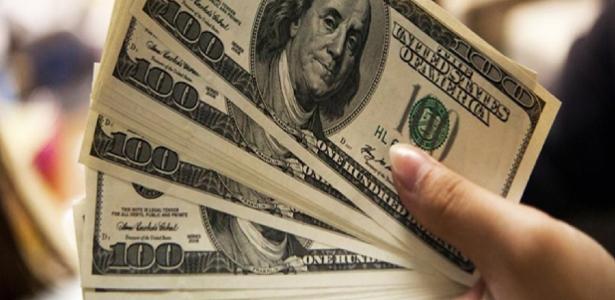Porto Alegre, July 12, 2022 – The external calm made room for adjustments and corrections in the dollar curve, which, by the way, was quite stretched. The rise in commodities prices, given the news that the Chinese government is studying new stimulus for the economy, gave an additional boost to the real against the US currency. In any case, the movement is limited due to the extension of lockdowns in China.
The report on the US job market pointed to the generation of 372,000 new jobs in the country last June. The number was well above expectations, which pointed to the creation of 250,000 new jobs. The stronger payroll reduces fears about a recession but gives the Fed the go-ahead to keep severely fighting inflation. The European market monitors the ECB’s monetary policy. Recession risk remains on the radar. The fact is that weak economic data on both the United States and Europe keeps the concern over the risk of recession. And the DXY index remains above 107 points.
In Brazil, the so-called “goodness PEC” [constitutional amendment proposal which broadens emergency aid regardless of the federal budget cap] keeps raising caution among investors, which helps to hold back the dollar’s bearish momentum. Brazil’s 5-year Credit Default Swap (CDS), which measures the country’s risk, broke through the level of 300 points. The fact is that the perception of Brazil has worsened. And the US currency, after closing the first half of 2022 sold at BRL 5.2320, went up again and peaked at BRL 5.42, closing last Friday (08) at BRL 5.31.
Official inflation, measured by the IPCA, was 0.67% in June. Although it confirms a new high (+0.47% in May) and reached the highest level for the month of June since 2018 (1.26%), the index was below expectations. The market expected an 0.71% increase. For the last 12 months, the indicator stood at 11.89%, well above the Central Bank’s target of 3.5%, and exceeding the margin of tolerance (1.5% up or down), which would raise the ceiling to the maximum of 5%. The inflation accumulated for the last 12 months has already persisted for a long time above 10%, which causes apprehension.
The focus of the forex market must remain concentrated on the cycle of rising interest rates in the United States. The Fed must remain aggressive, more concerned with fighting inflation than with economic growth. This must negatively impact GDP and help keep the US currency appreciated. In Brazil, the market seems to have already priced in the political polarization and remains focused on fiscal issues and the Selic rate curve. The increase in fiscal risk helps to explain the change in the dollar’s performance. The Monetary Policy Committee (Copom) has already indicated a Selic rate between 13.5% and 13.75% a year in August, which must keep interest rates high for longer, aiming to bring inflation to the center of the target in 2023.
Copyright 2022 – SAFRAS Latam

